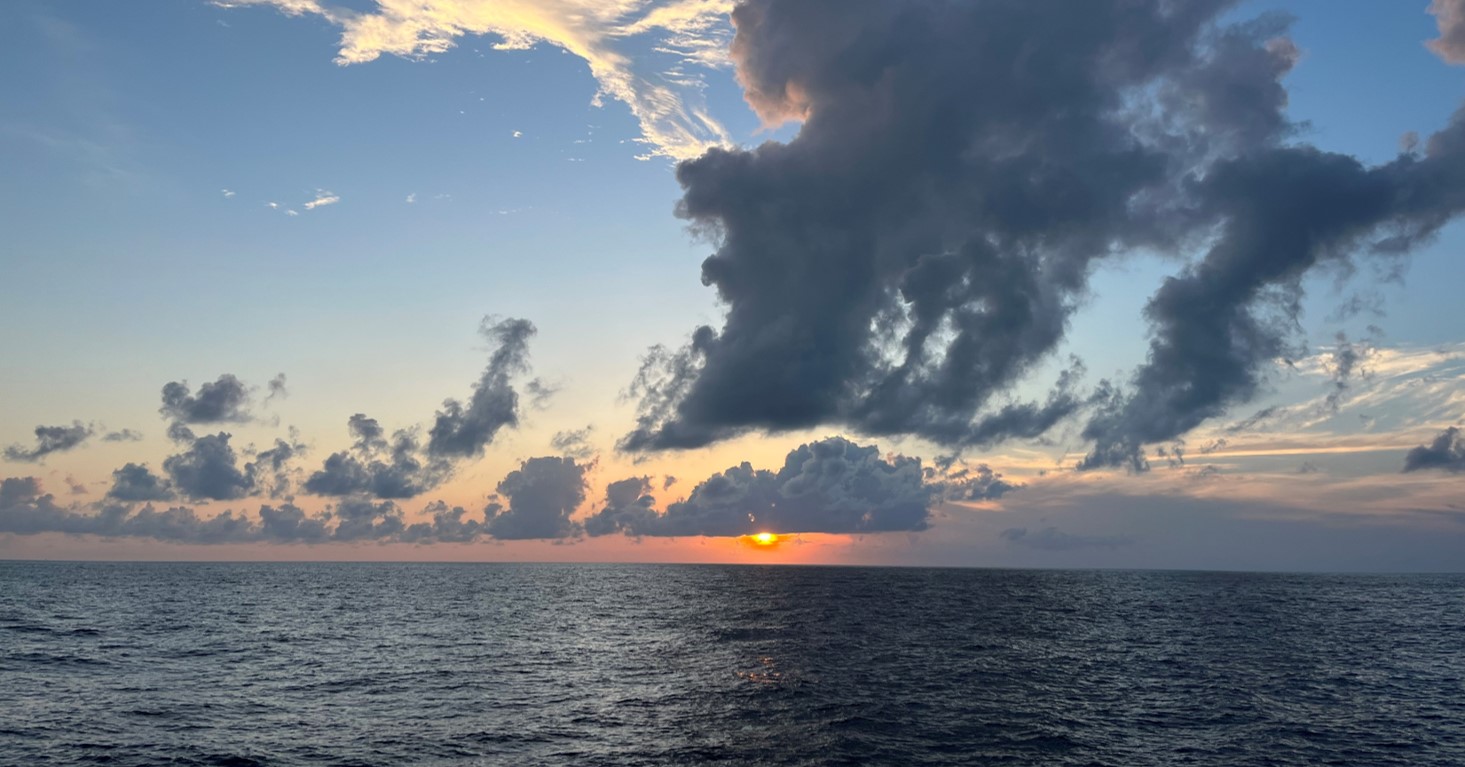Hypoxia Forecast
Hypoxia occurs when the amount of oxygen in water becomes too low to support most aquatic life (typically below 2 mg/L). Hypoxia is an expanding global problem and a symptom of degraded water quality, largely resulting from human activities such as agricultural runoff, burning of fossil fuels, and wastewater treatment discharges. Hypoxic waters can become dead zones for organisms that cannot escape. This directly impacts ecosystem health, and often reduces the value of commercial and recreational fisheries. To help alert coastal managers and decision makers of potential risk for hypoxic zones, NCCOS and partners issue regional seasonal outlooks and operational forecasts.
NCCOS Hypoxia Forecasts
External Partner Hypoxia Forecasts
Additional hypoxia forecasts are produced externally by NOAA partners and collaborators. These forecasts are produced regionally and provide advanced warning of hypoxic events to local stakeholders and managers.
Hypoxia Partnerships
NCCOS works with a variety of partners to conduct hypoxia research and provide hypoxia forecasts. Much of this work is fully or partially funded through the NCCOS Coastal Hypoxia Research Program, which focuses on advancing the understanding and management capabilities to assess, predict, and reduce hypoxic events and their environmental impacts on our nation’s oceans, estuaries, coasts, and Great Lakes ecosystems. Visit the Coastal Hypoxia Research Program webpage to learn more.

NCCOS supports the Hypoxia National Office at the Northern Gulf Institute, a NOAA Cooperative Institute. This office advances research and management of hypoxia in the Gulf of Mexico and works with NOAA to provide technical assistance, observations and monitoring, coordination, and the science underpinning the management of the annual hypoxic zone in the Gulf of Mexico.

NOAA’s Great Lakes Environmental Research Laboratory originally developed the Lake Erie experimental hypoxia forecast through the NCCOS Coastal Hypoxia Research Program. NCCOS now implements the operational forecast.

NCCOS supports NOAA’s role in the Task Force, which is charged with collaboratively reducing and controlling the Gulf of Mexico dead zone, the largest hypoxia area in the U.S.

